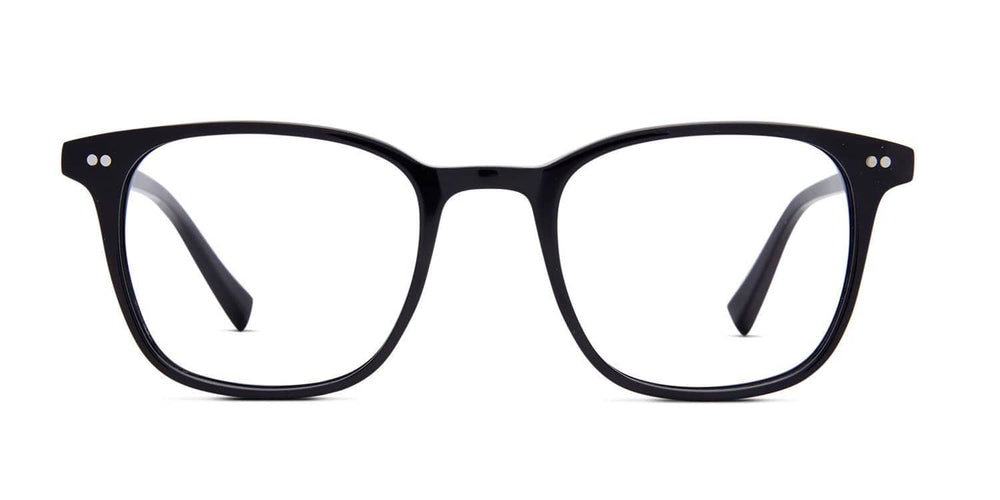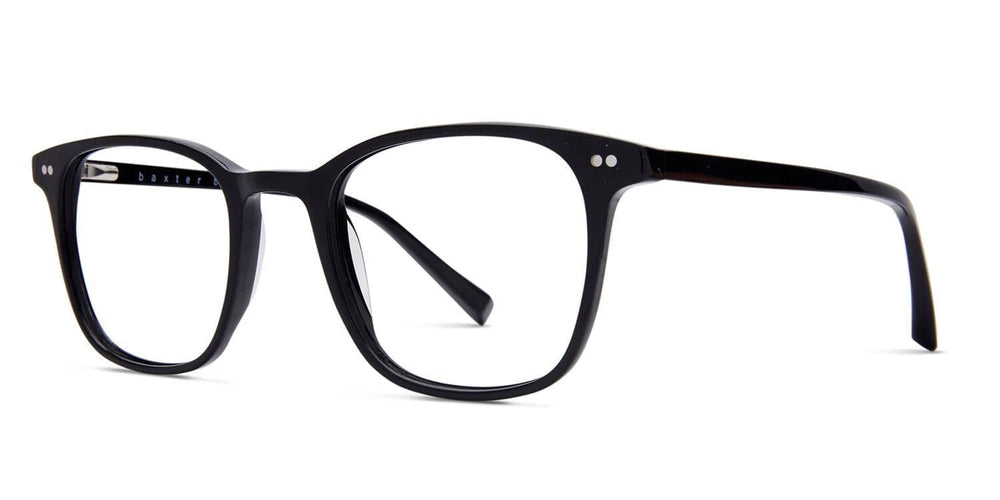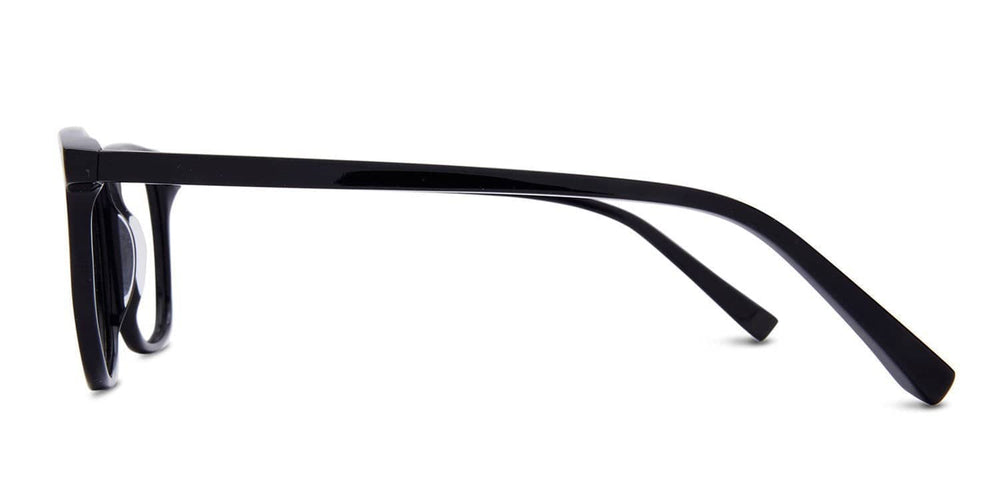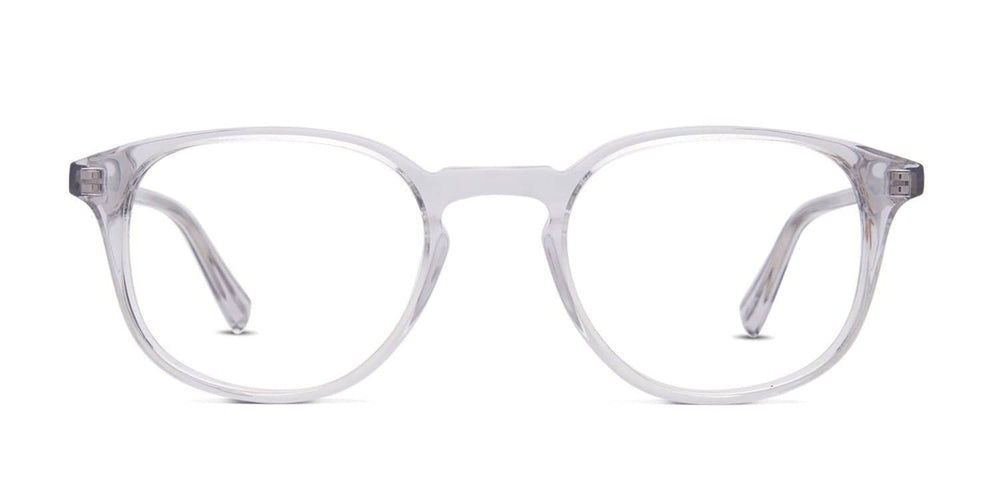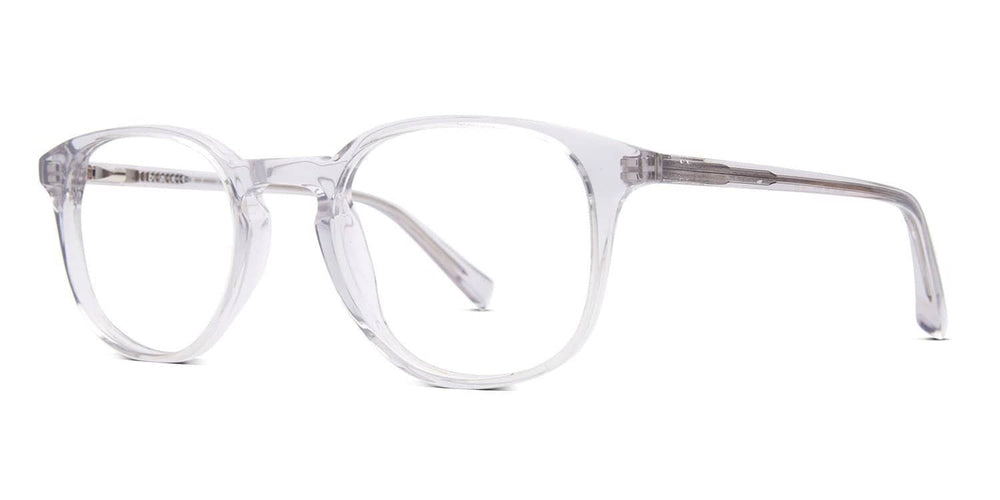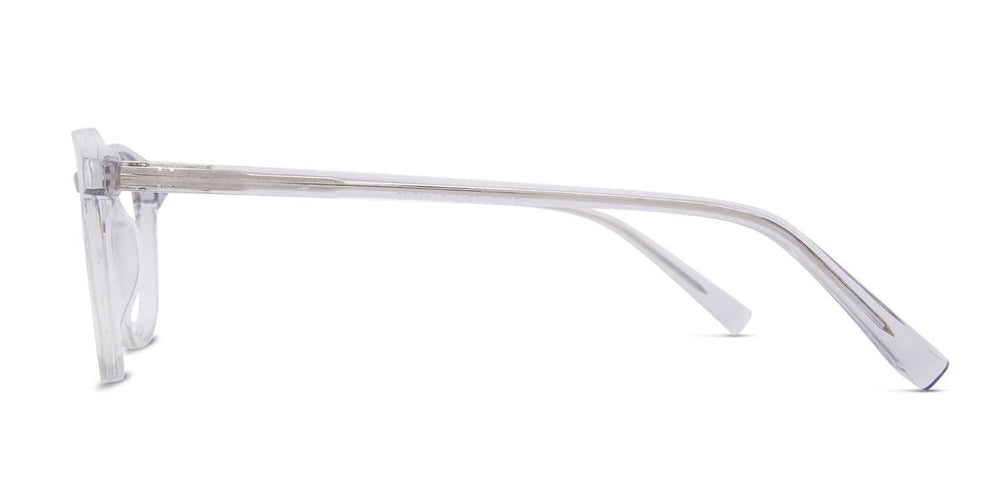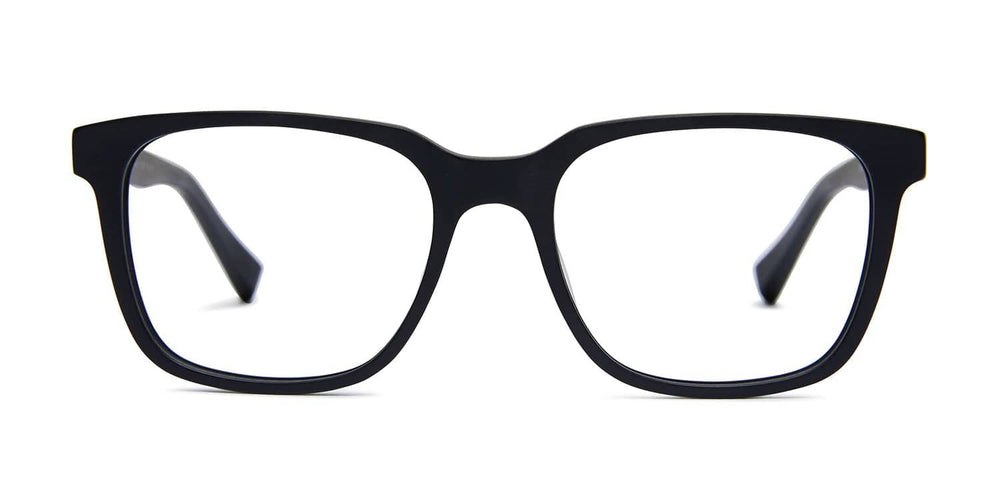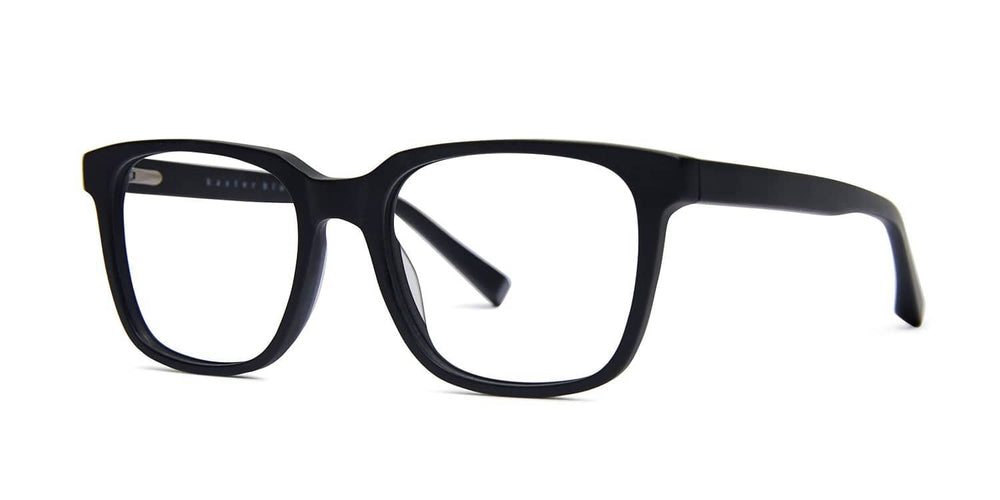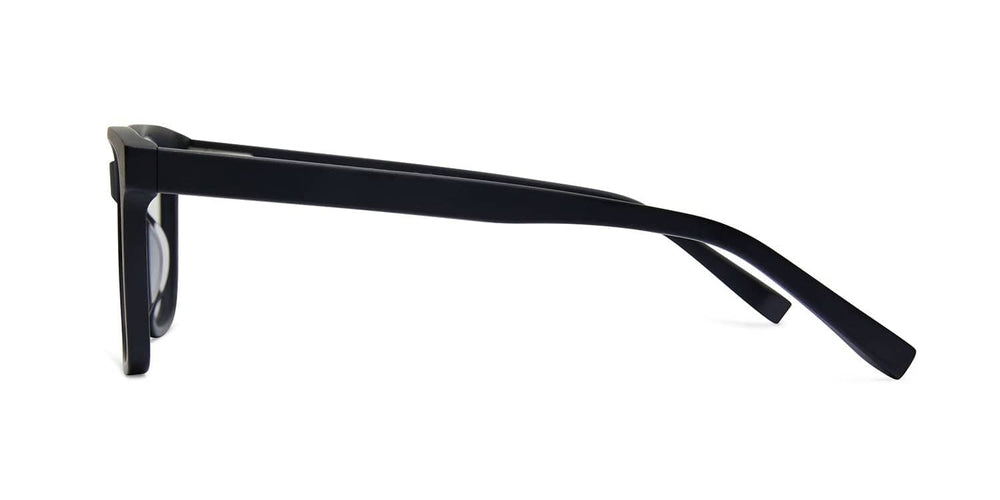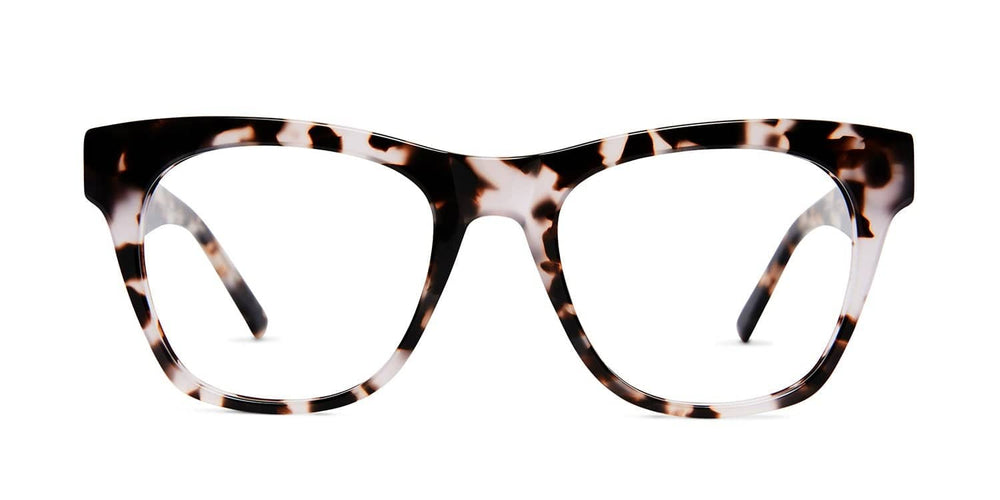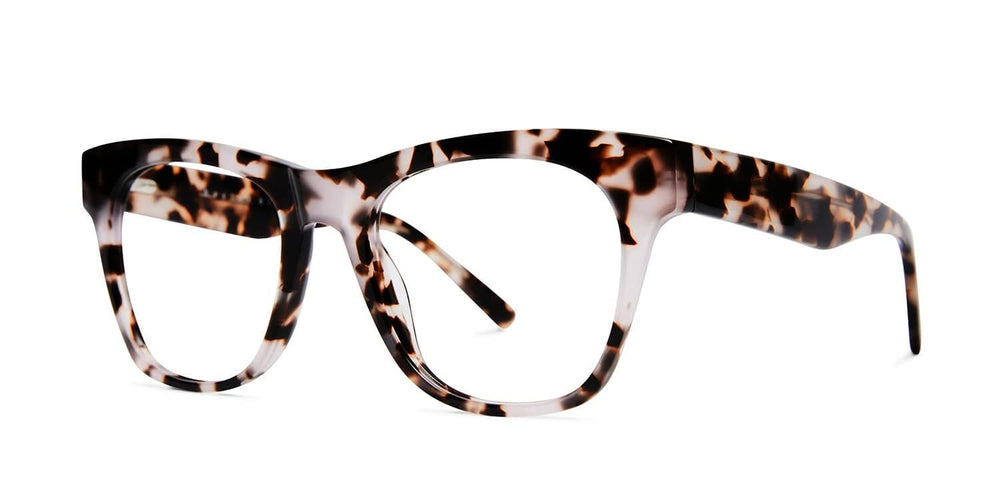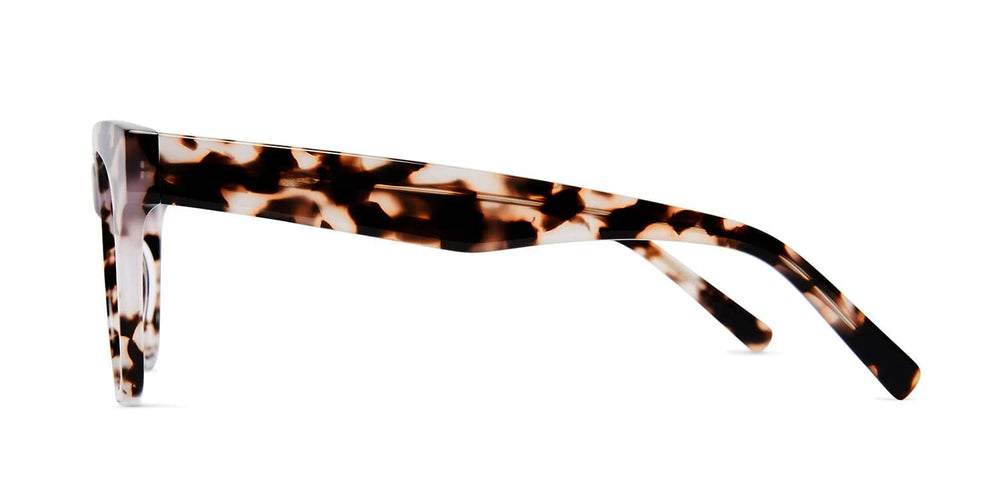Get 20% off 2 or more full priced Baxters or Wellbeing products! Add another full priced item below and a 20% discount will be applied to your overall order at checkout. That's right, 20% OFF your order!
Choose a category
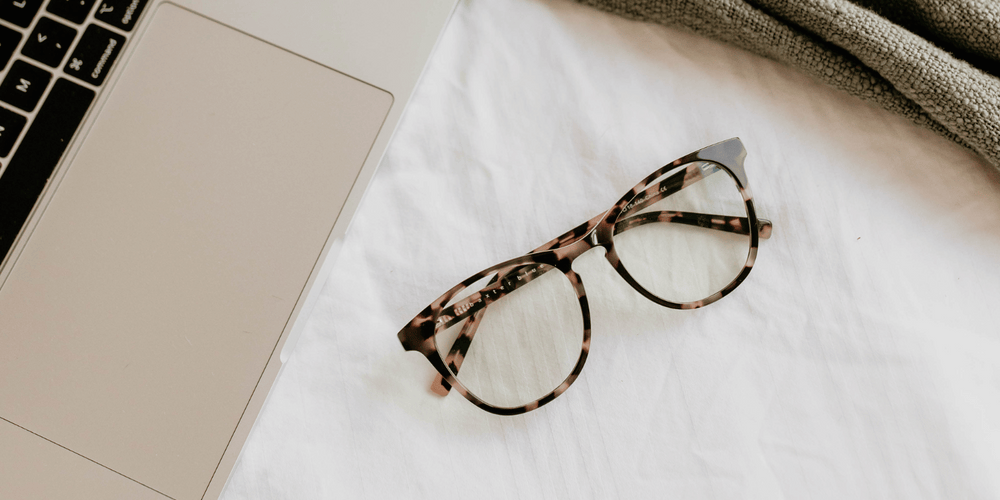

The Science Behind Reading Glasses: How They Improve Your Vision
07.12.23
Reading glasses, those small but essential tools for many, play a significant role in enhancing our daily lives. They are more than just fashionable accessories; they are precision-engineered optical devices designed to improve your vision. In this blog post, we'll delve into the fascinating world of reading glasses, exploring the optical science behind their function, how they work to correct vision, and the various types available to cater to your specific needs.
The Basics of Vision
Our eyes rely on the cornea and lens to focus incoming light onto the retina, a light-sensitive tissue at the back of the eye. The retina then converts this light into electrical signals, which are sent to the brain for interpretation, allowing us to see clearly.
As we age, the elasticity of our eye's lens diminishes, making it harder to focus on close-up objects. This common condition is known as presbyopia and is where reading glasses come to the rescue.
How Reading Glasses Work
Reading glasses are designed to compensate for the loss of elasticity in the eye's lens, making it easier to focus on nearby objects. They work based on a simple principle: they provide additional magnification to the incoming light, allowing the eye to focus properly on close-up text or objects.
The Science Behind Magnification
Reading glasses are typically rated in diopters (D), a unit of measurement that quantifies the level of magnification they provide. The higher the diopter value, the greater the magnification.
For example, a +1.00D reading glass will provide a modest magnification, making it suitable for early presbyopia. On the other hand, a +3.00D reading glass will offer stronger magnification, ideal for those with more advanced presbyopia or other vision issues.
Types of Reading Glasses
Reading glasses come in various styles and designs to suit different preferences and needs:
- Full-Frame Reading Glasses: These are the most common type, featuring a frame that fully encloses the lenses. They are perfect for those who require constant close-up vision correction.
- Half-Frame Reading Glasses (Semi-Rimless): Half-frame glasses have a frame only on the top, leaving the bottom portion of the lens frameless. They offer a more unobstructed view for reading while allowing you to glance over the frames when looking into the distance.
- Folding Reading Glasses: Folding glasses are compact and portable, making them convenient for on-the-go use. They can easily fit into your pocket or purse.
- Computer Reading Glasses: Designed specifically for digital device users, computer reading glasses help reduce eye strain and fatigue caused by prolonged screen time, with specialised coatings to filter blue light emitted by screens.
- Bifocal and Progressive Reading Glasses: Bifocals have two distinct sections in the lens, one for reading and the other for distance vision. Progressive lenses provide a seamless transition between the two, eliminating the visible line found in bifocals.
Understanding the science behind reading glasses helps us appreciate their vital role in correcting vision and improving our quality of life. Whether you're dealing with presbyopia or require vision assistance for specific tasks, reading glasses come in various types and diopter strengths to cater to your individual needs. Embrace the science and select the perfect pair of reading glasses to enhance your visual experience. Your eyes will thank you for it!
Reading Glasses
Shop Now

